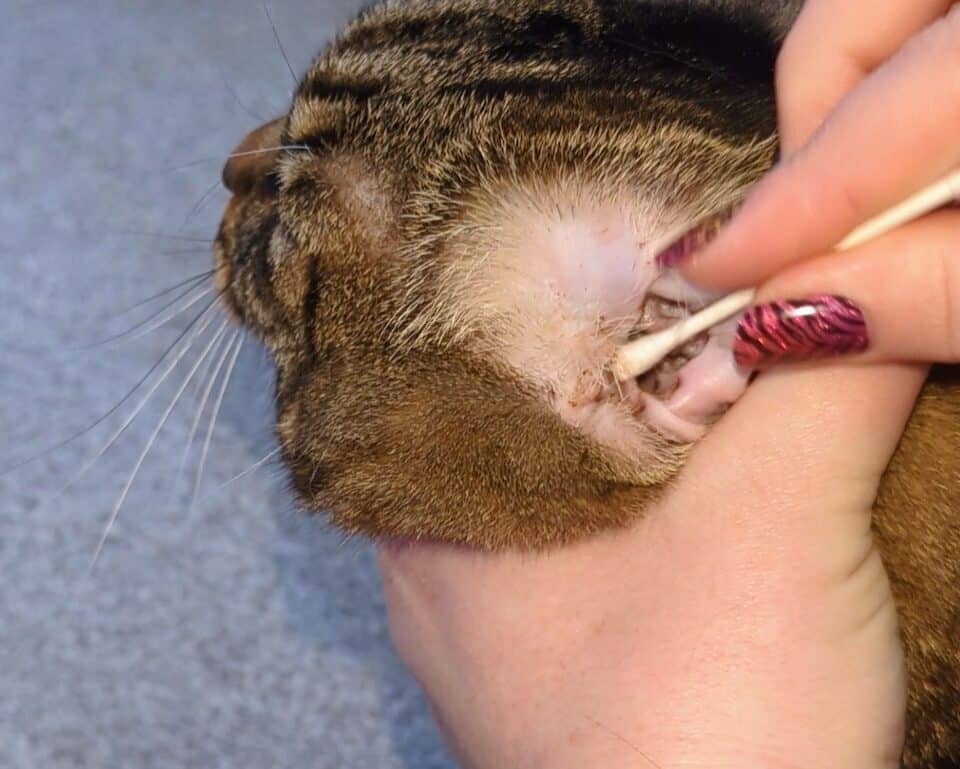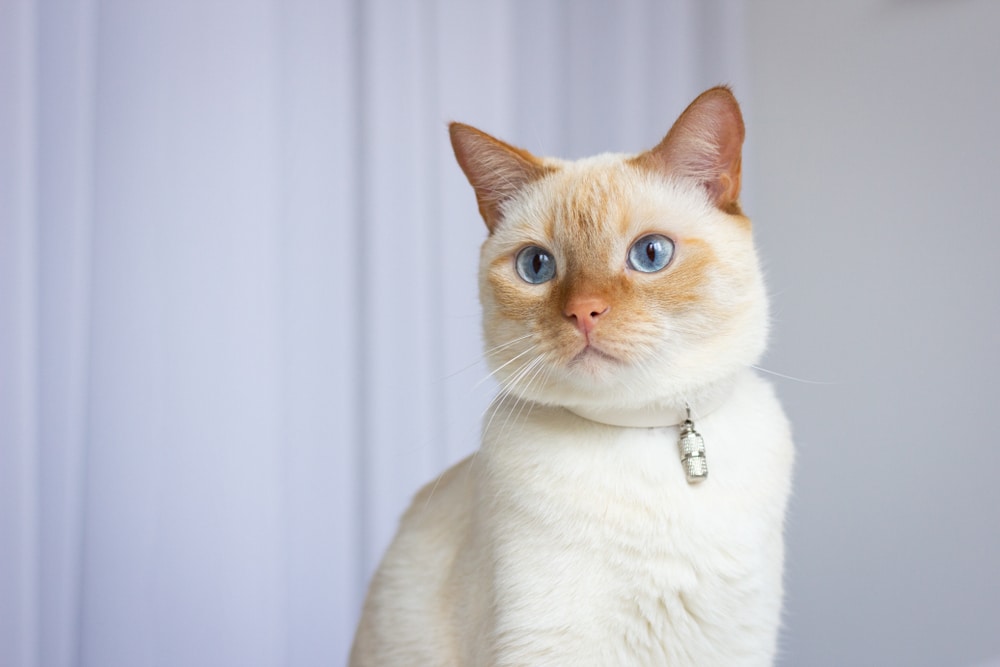Let’s make ear cleaning a simple and stress-free task for you and your cat! Knowing when to clean your cat’s ears can prevent hefty vet bills.
- Cats mostly manage their hygiene, but sometimes they need a hand with ear cleaning due to wax build-up.
- Consult a vet if your cat’s ears appear unusual as this might indicate medical issues like ear mites or infections.
- To clean safely, have all your equipment ready before starting to keep your cat’s patience intact.
- Remember, if done right, ear cleaning can be a positive experience for both you and your feline friend.
Cats are typically self-sufficient, but occasionally, their ears need extra care. Some cats, like those with waxy ears or conditions like polyps, require regular cleaning. This isn’t just for hygiene; it’s crucial for their health. Dirt, discharge, or a bad odor might suggest underlying medical issues, which is why consulting a vet is a must before diving into cleaning.
When it comes to cleaning, preparation is key. Having your supplies — ear cleaning solution, cotton pads, cotton buds, and treats — at hand, makes a world of difference. The idea isn’t just to clean, but to ensure your cat remains calm and comfortable during the process.
Finding a quiet, non-slippery spot is another essential step. A towel acts as a perfect non-slip surface and as a wrap if your cat decides to wriggle free. Giving your cat a treat and a calming rub goes a long way in easing them into the session.
First, take a look at the ear anatomy before starting. Ensure you can spot the ear canal as it helps in avoiding mishaps. Cleaning begins outside the ear canal using cotton buds carefully. Never shove them inside the canal.
For the inside, use a soaked cotton pad to clean reachable areas without risking the eardrum. Some cats might need a cleaning solution dropped directly into the ear, but only if advised by the vet. Keeping the ear flap firm and massaging helps the solution reach further inside, making it more effective.
Finally, it’s all about ending on a positive note. Shower your cat with praise and treats post-cleaning. Understand that some head-shaking is normal, but prolonged discomfort calls for a vet revisit.
With patience and the right approach, ear cleaning can be a pleasant routine for you and your cat.










